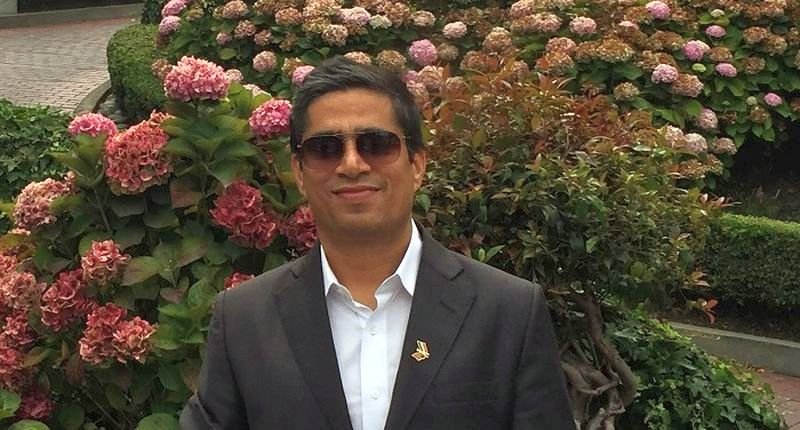Clean Future in conversation with Kunwer Sachdev, Managing Director of Su-Kam, India’s leading power solution company and house hold name in Inverter and UPS business. Sachdev shares his views about the company and the industry.
Give us an overview of Su-Kam.
Su-Kam was founded in the year 1988 as a power backup solution company, specialising in Power Inverters and UPS. Su-Kam became is house hold name in no-time and so much so that I was popularly referred to as the ‘Inverter man of India’.
At present, we are India’s leading power solutions company with a presence in 90 countries across the globe and we have over 200 products in portfolio including variety of solar products, UPS, batteries and customized solar solutions. According to a recent report published by Bridge to India, Su-Kam has the biggest share in India’s residential solar market.
We have a state of art in-house R&D capabilities and till today we have filed over 100 patents enabling us to develop innovative products, enhanced productivity and increased manufacturing efficiency. Over the years, we have created a widespread dealer, distributor & service network, strong workforce, large project base, robust exports, numerous awards, recognitions and a wide string of firsts to our credit.
Please elaborate on your product portfolio.
Su-kam solar products provide clean and green energy. We boost a wide range of product portfolio that includes both on grid and off grid systems. The off grid systems are very useful in rural areas and villages where there is no access to electricity and they are solely dependent on alternative form of energy.
The on grid solar systems are extremely beneficial in maximum utilisation of solar power, it is also an opportunity save electricity bill as well as generates revenue and the best part is that they demand least maintenance. We have also maintenance free solar street lights powered by inbuilt lithium ion battery and provide long back up hours. The street light can also be managed remotely via mobile app.
What kind of solar solutions do you offer to home and office users?
We have developed several packages offering solar solutions to both home and office users depending on their requirements and needs.
In our Home solutions segment, we offer the cheapest Sine Wave inverter and also boost and the widest range of pure Sine Wave inverters in the country. We also have a hybrid solution for home users, which provides 30 percent more back up.
Whereas, for office users we customise our solar packages, after assessing the electrical load factor and power requirements. We offer both grid-tie and off-grid solar solutions for offices. We have zero change over time solar static UPS, which has zero change over time with manual frequency settings providing reliable and steady power supply to variety of machines in the office that, are run on different settings at 60 hertz.
We also offer solar powered online UPS for industrial and commercial usage. These online UPS provides power back up and also protects the load from disturbances and fluctuations.
What is the average investment required for these solutions?
Su-Kam has solar DC systems for home solutions which cost as low as Rs 20,000. We make best quality inverters in the industry and we also have installed solar plants of 1 megawatt which costs up to 5 crore rupees.
Describe your key achievements in the field of solar energy?
We have been recognised and applauded for our efforts at several forums. Lately we bagged the ‘Best Solar Electrification Company’ Award during Indian Rooftop Solar Summit 2016 for setting new benchmarks in the Rooftop Solar segment in India.
What are the challenges that you face in the solar inverter space?
One of the major challenges is the unhindered stream of low quality and cheap products from China flooding the Indian market, which is not only hurting us but also the entire industry.
How do you foresee the Indian market for energy storage?
India is a power hungry nation and till today the 25 percent of the population still does not have any access to electricity. The adoption of emerging storage technologies will increase the grid appetite to accommodate intermittent sources.
The country needs to strengthen the electricity supply to under-served and un-served through the integration of grid and distributed renewable energy. Also, the use of automation and communication analytics will enable cost optimisation.






